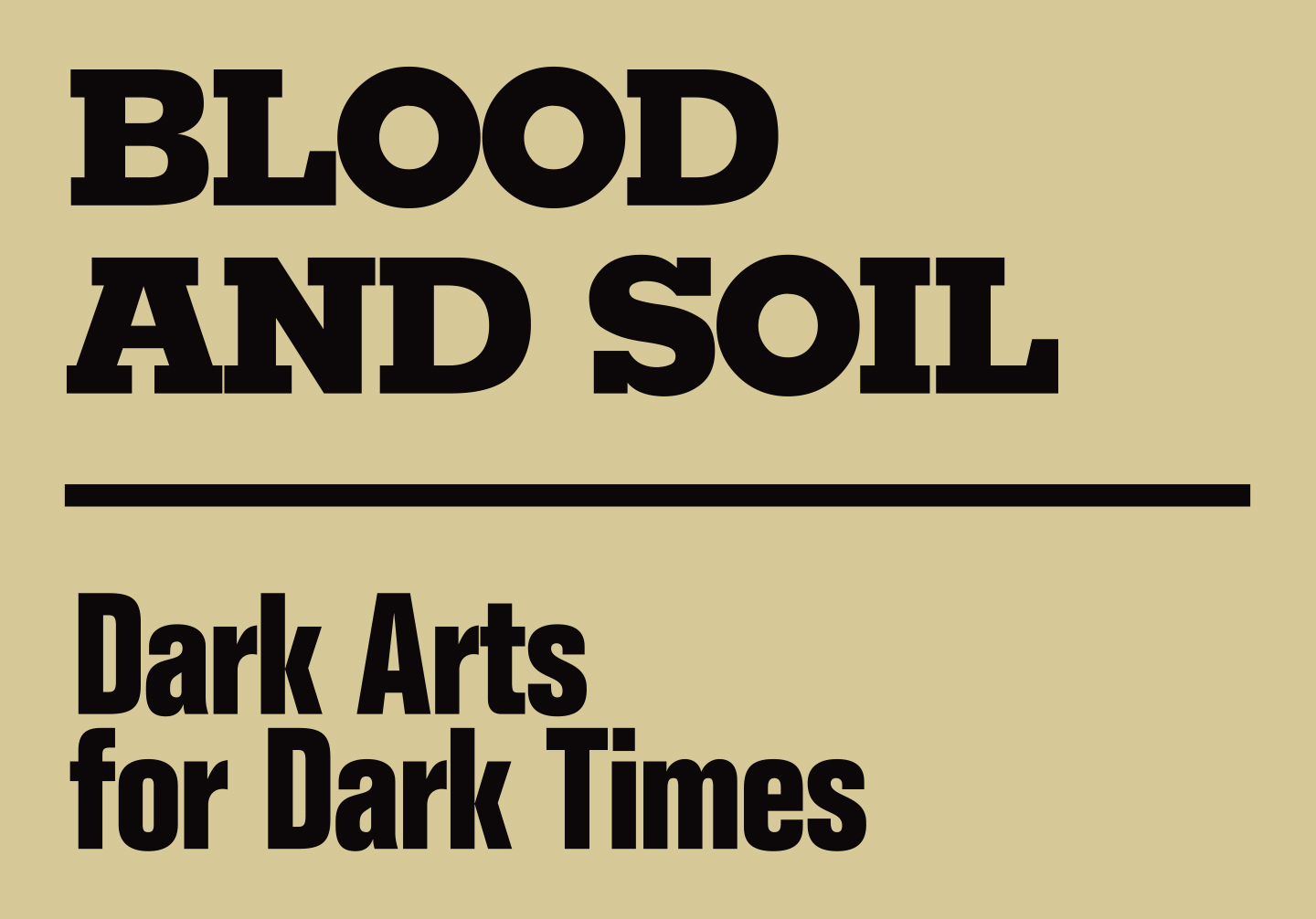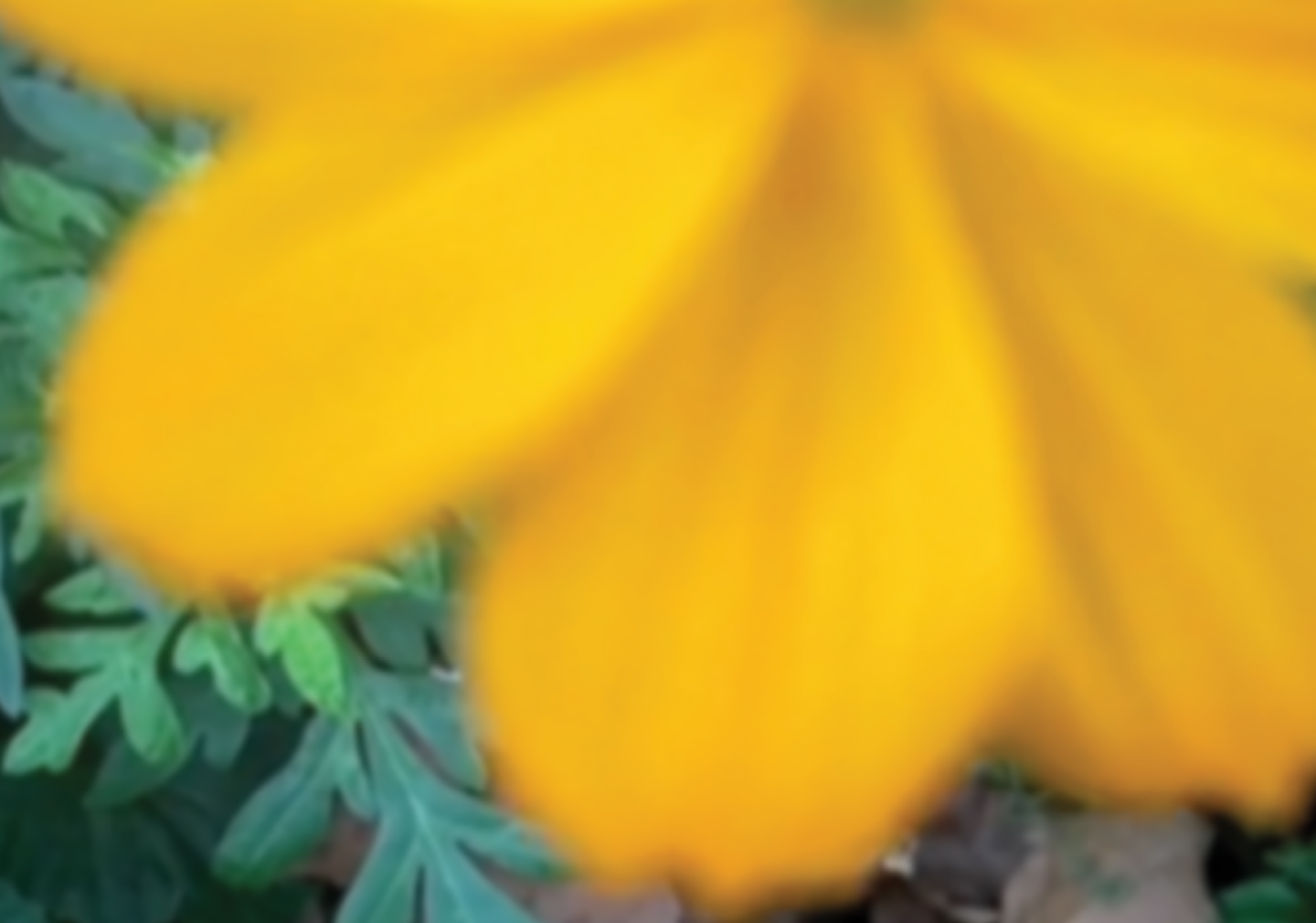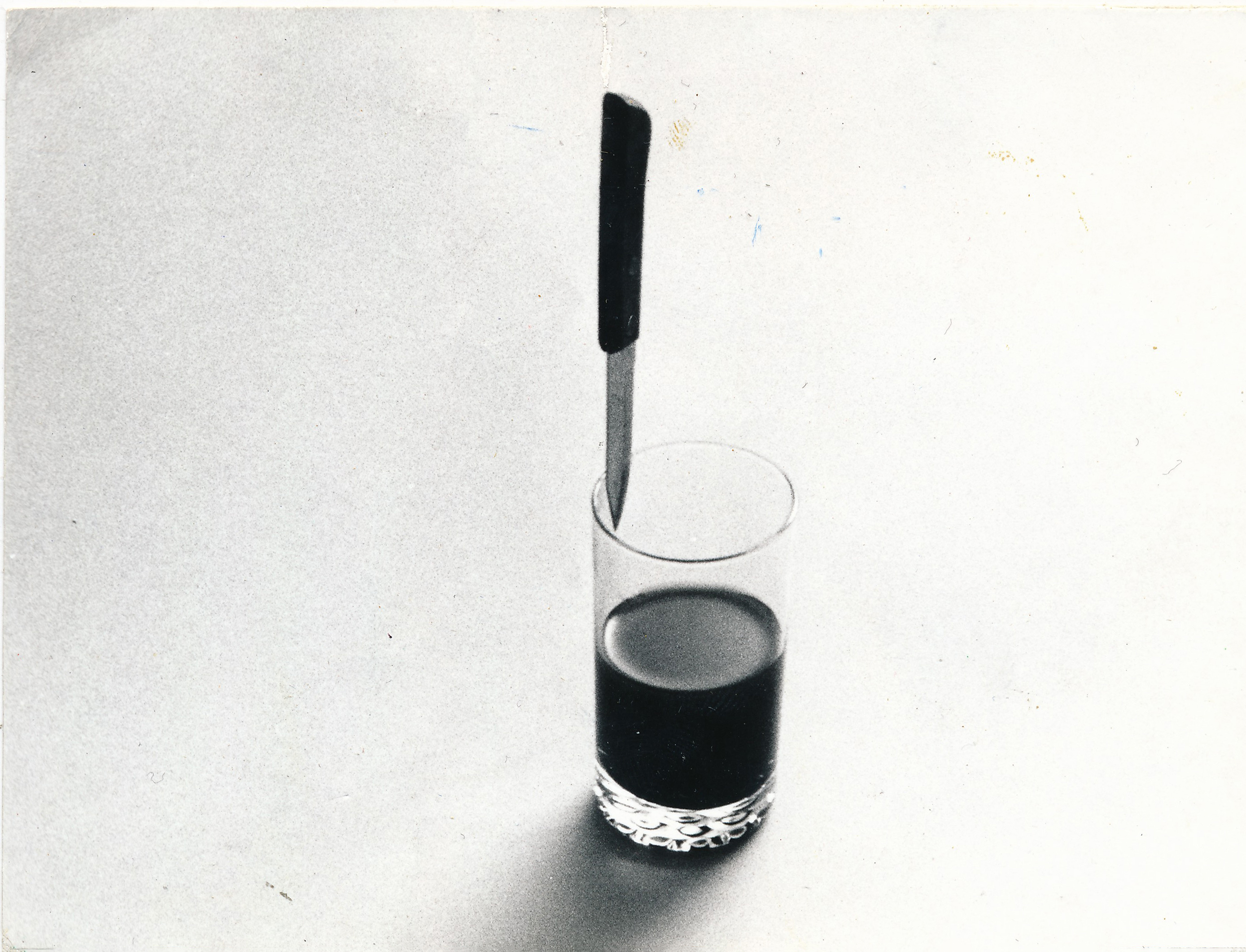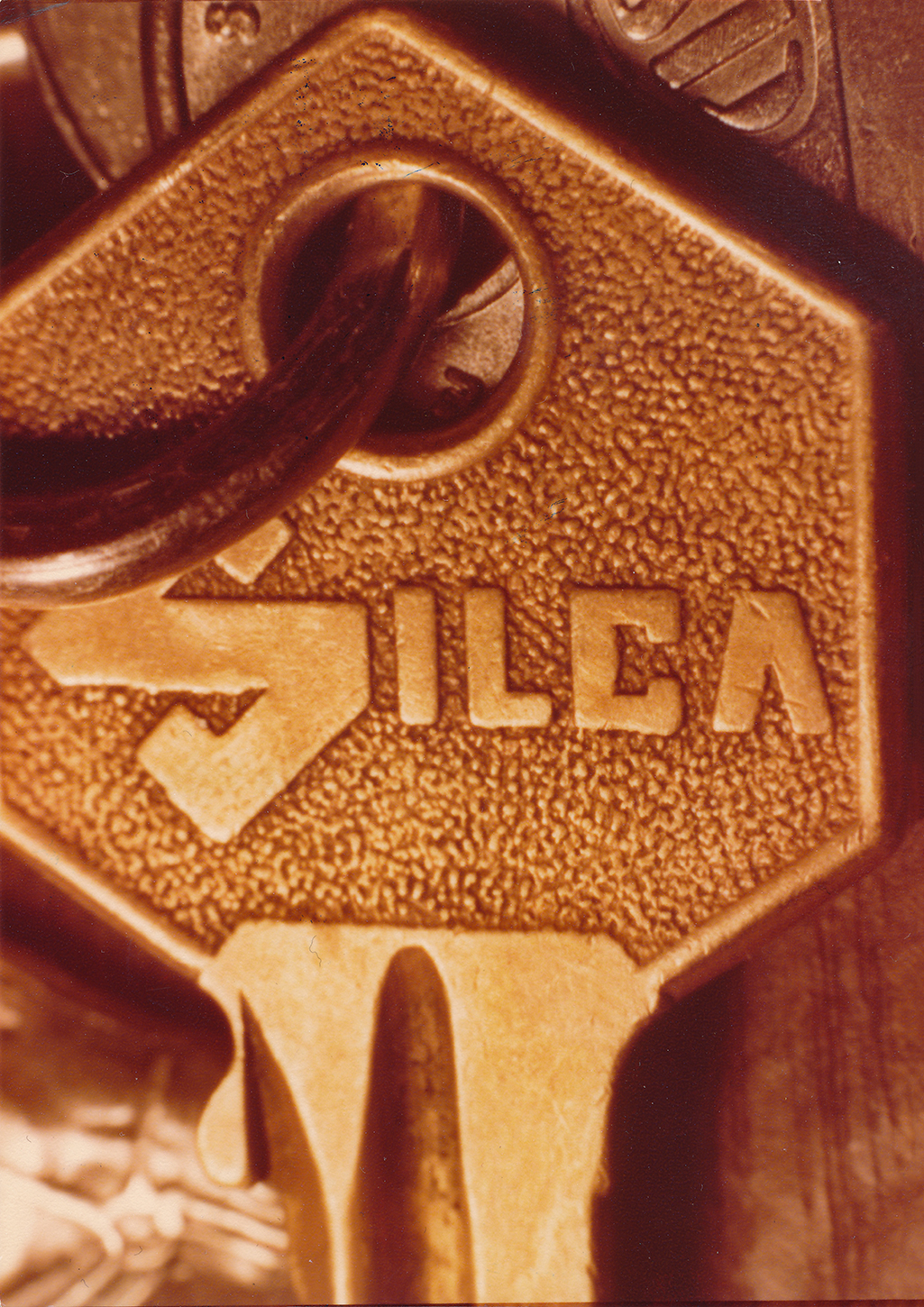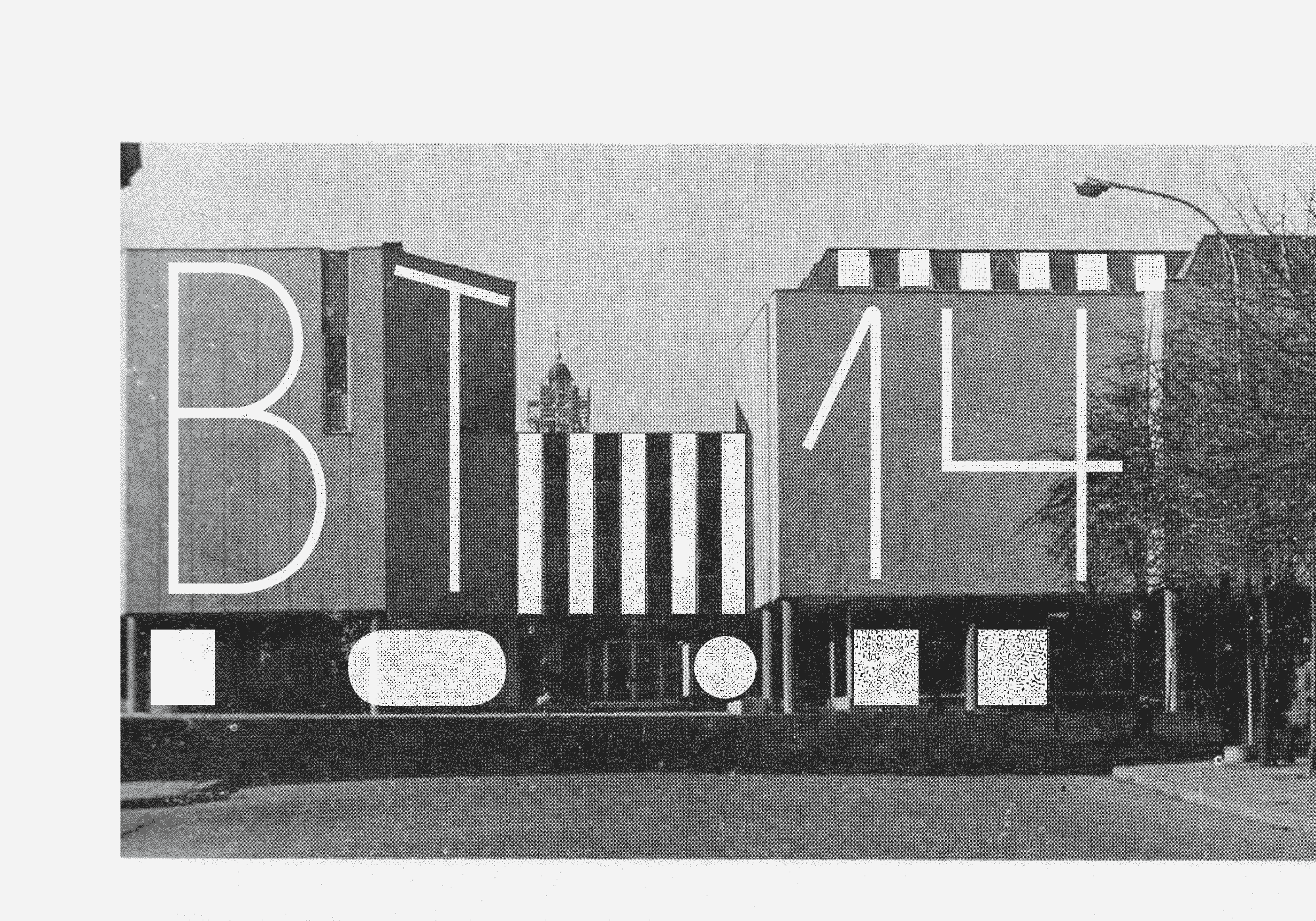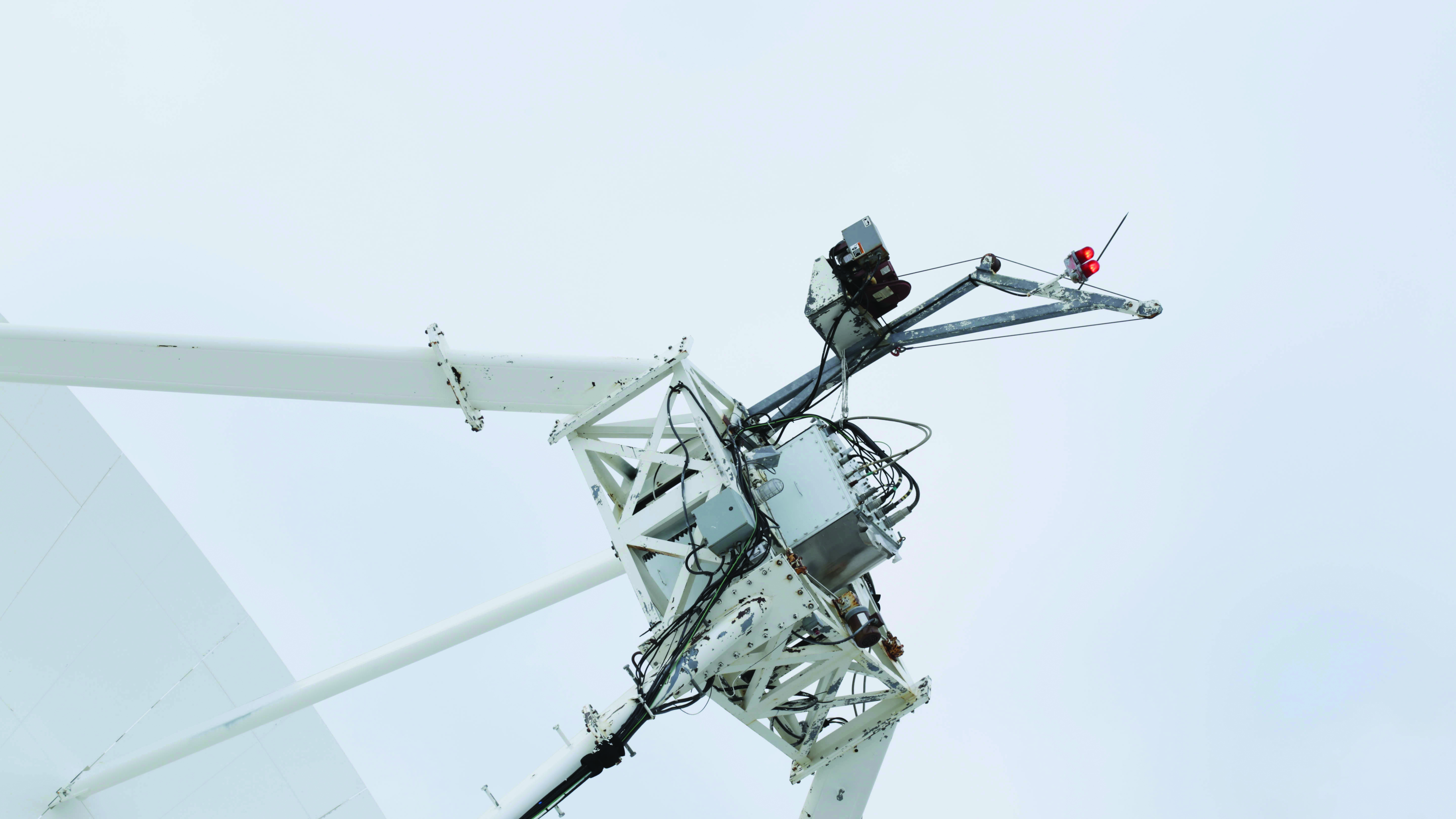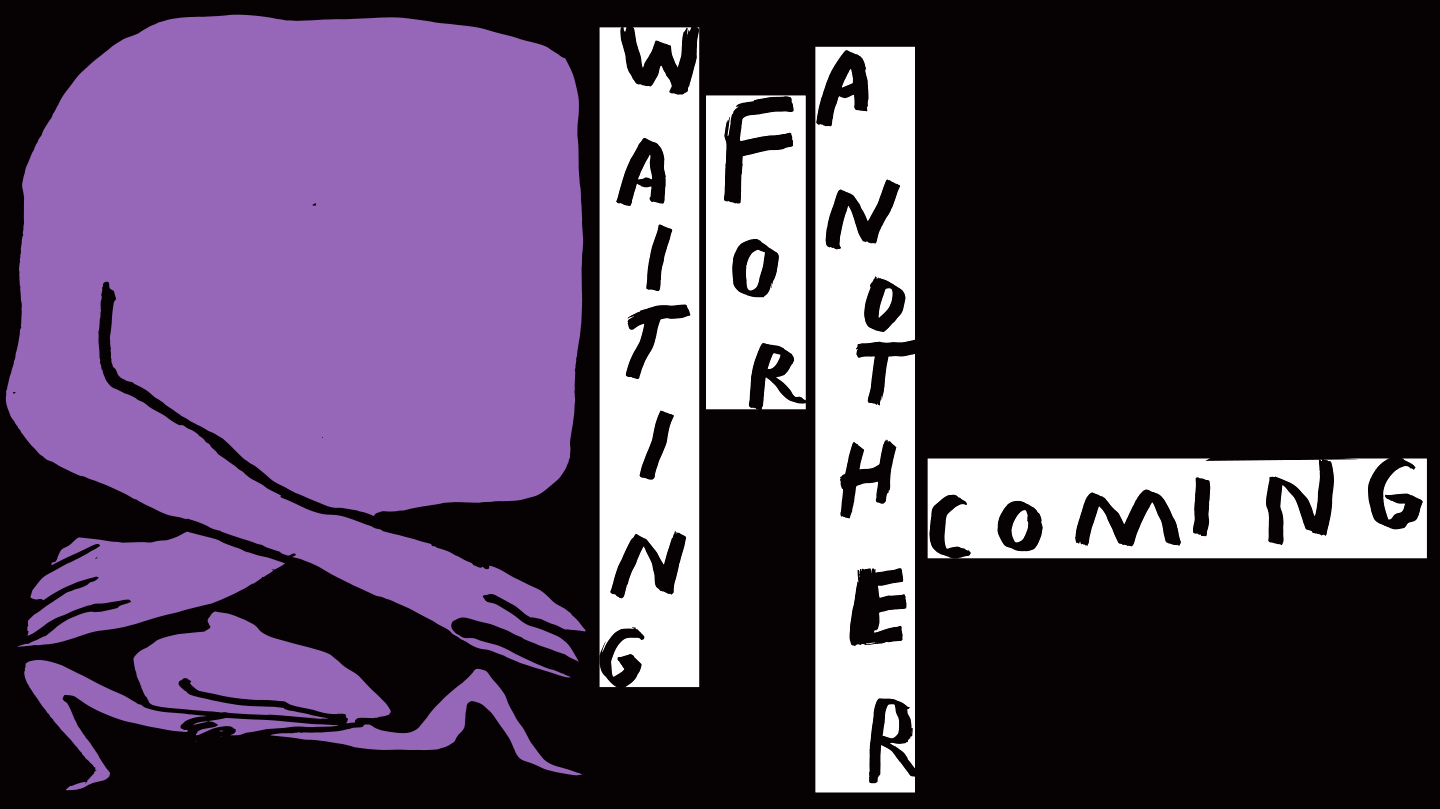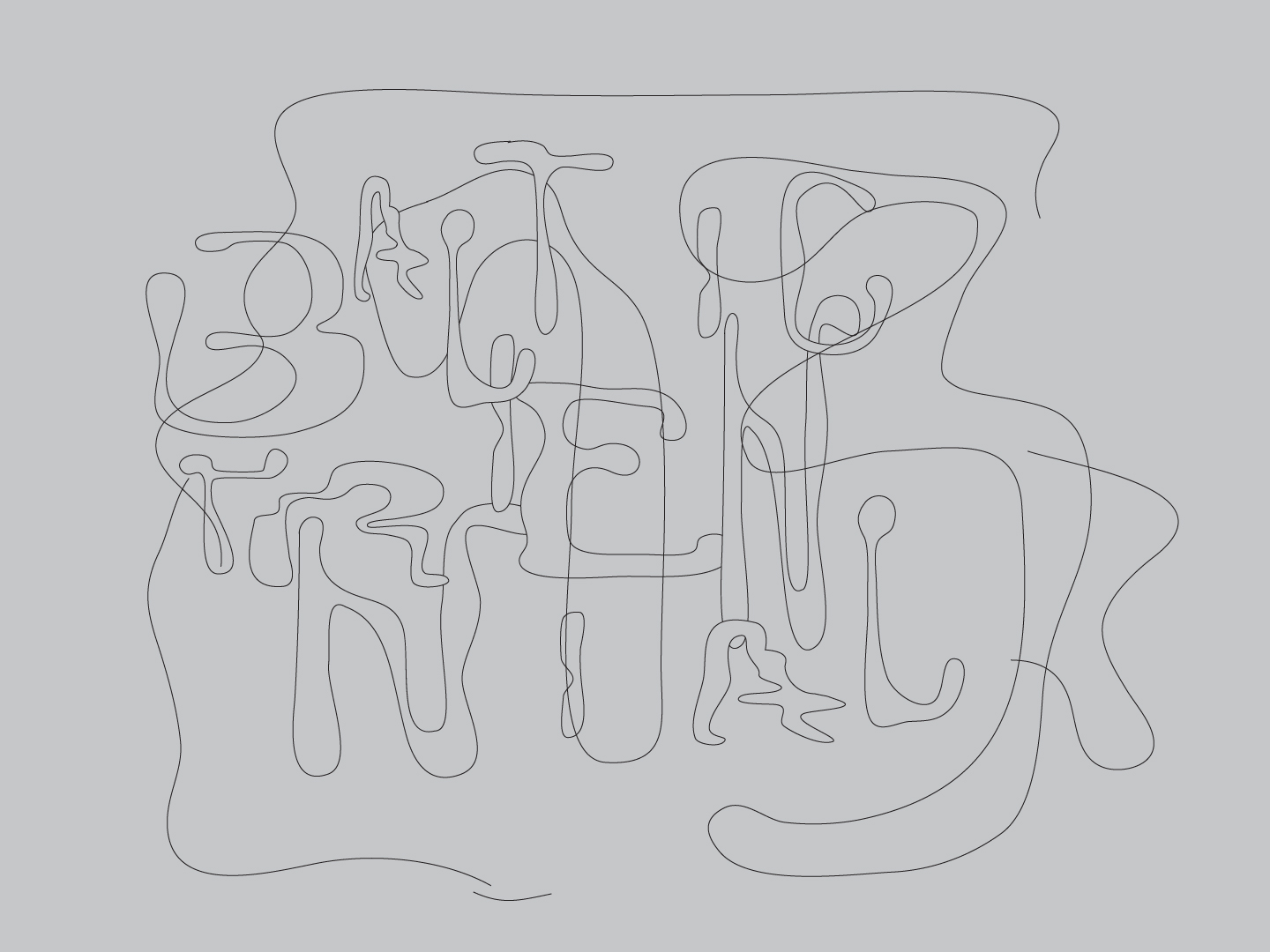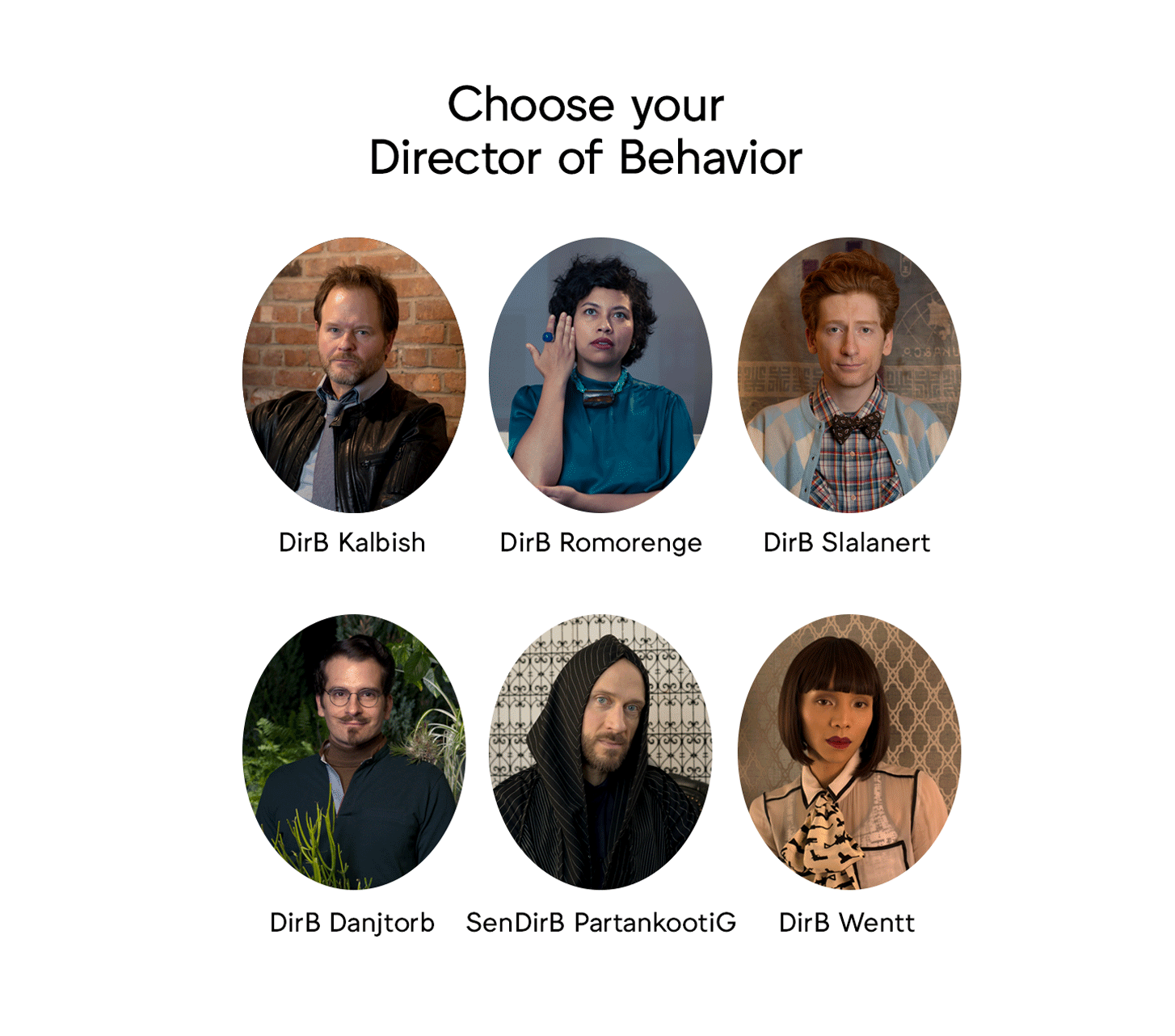International group exhibition
June 14–August 18, 2019
Artists: Kasper Bosmans, Izmail Efimov, Róza El-Hassan, Emnoyumno Collective (Kuchyran Yuri, Zhonzhon Sandyr), Aslan Gaisumov, Simryn Gill, Alma Heikkilä, Rustam Khalfin (1949–2008), Donna Kukama, Juha Pekka Matias Laakkonen, Alexander Lee, Aurelija Maknytė, Pavel Mikushev, Gediminas Pempė (1922–2008), Daina Pupkevičiūtė, Artūras Raila, Vaida Tamoševičiūtė, Maria Taniguchi, Jaan Toomik, Trevor Yeung, Nicolas Wefers, Kazė Zimblytė (1933–99), Darius Žiūra (Lithuania, 1968)
Curators: Anders Kreuger, Julija Fomina
Radical art today is synonymous with dark art; its primary color is black.
—Theodor W. Adorno, 1967
Blut und Boden was a key tenet of Nazi ideology. The German peasant would wage a ruthless war of racial extermination and eastward expansion, acquiring the “living space” necessary to put “a big breakfast, a big lunch and a big dinner” on every table in the Reich.
“Blood and Soil” was a mental crystal of feel-good darkness, a mobilizing call in the “severe style” of contempt for the Other that melted so many twentieth-century hearts. It still melts the hearts of those who live in fear of humiliation by those they, in turn, hold in contempt.
The broader fear today is that violent conflicts between humans will be the outcome of human violence against nature. One cursory look at the state of the world is enough to realize that these are not dystopian musings.
The exhibition title drives a wedge between three dangerous words—“and” is never as innocuous as it might seem—and reveals them as lethal poetic weapons. This, in fact, was precisely how Nazi ideology worked. Yet the hateful slogan is repurposed for another agenda, one of preservation and development rather than destruction and violence.
How can we, the still-privileged inhabitants of 2019, stay loyal to culture, as the articulation of what is inalienably human, in a world that needs us to preserve what is inalienably natural? How can we become truly terrestrial—which goes far beyond flying less or using less plastic or eating less meat—without giving up cultural values and skills such as literacy, the power of ironic observation or enjoying form for what it can do?
“Dark arts” should be understood as dialectically related to the tradition of enlightenment rather than as diametrically opposed to it. Only by acknowledging the darkness behind the shining façades of contemporary life can we start moving towards the light.
The exhibition follows some threads in contemporary art, such as using painting and performance to tell multi-dimensional stories. It also speaks to the importance of the underworld—the “chthonic”—and darkness as a semi-conscious articulation of lingering trauma, not least in Lithuania: the Second World War with the Holocaust and their aftermath.
Blood and Soil: Dark Arts for Dark Times is both metaphorical and visual, both “Eurasian” and “internationalist,” both down-to-earth and ephemeral. It relies on the participating artists’ ability to divert and subvert any curatorial agenda through their mind-opening practices. They offer a series of sub-plots that communicate between themselves: the four specially commissioned mural paintings (Bosmans, Heikkilä, Lee, Mikushev); abstract paintings that are both severe and playful (Efimov, Taniguchi, Zimblytė); sculptural work of terrestrial sensibility (El-Hassan, Laakkonen, Raila, Yeung); close readings of land use, climate change and chthonic monumentality (Gill, Maknytė, Pempė, Wefers); cerebrally poetic approaches to the moving image (Gaisumov, Žiūra); contributions in various formats by performance artists who are both self-consciously corporeal and idiosyncratically spiritual (Emnoyumno, Khalfin, Kukama, Pupkevičiūtė, Tamoševičiūtė, Toomik).
The exhibition has received financial support from the Lithuanian Council for Culture.
Alexander Lee’s presence in Vilnius is generously supported by Air Tahiti Nui, while Alma Heikkilä and Juha Pekka Matias Laakkonen have received travel grants from the Nordic-Baltic Mobility Programme for Culture. Maria Taniguchi’s paintings appear in Vilnius courtesy of carlier | gebauer in Berlin, and Trevor Yeung’s installations courtesy of Kohta in Helsinki.
M HKA in Antwerp has lent works by Izmail Efimov and Donna Kukama. The National M K Čiurlionis Art Museum in Kaunas has lent works by Gediminas Pempė. The National Art Gallery in Vilnius has lent works by Artūras Raila and Kazė Zimblyte, as have several private collectors in Vilnius.
To stage a reconstruction of Rustam Khalfin’s Clay Project (early 2000s), the exhibition’s curators Anders Kreuger and Julija Fominahave collaborated with Kazakhstani art historian and curator Yuliya Sorokina.

